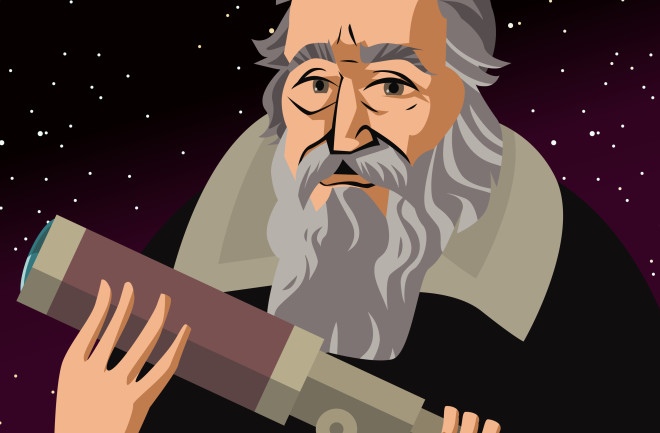In the first book of his epic poem Paradise Lost, John Milton mentions a “Tuscan Artist” who views the moon’s orb through optic glass. He is referring, somewhat perplexingly, to Galileo Galilei, the Italian scientist famed for his telescopic observations and study of fundamental physical laws.
Today, it might seem odd that Milton’s description of the so-called “father of modern science” was first and foremost an artist. In their context, however, it makes perfect sense — both men lived during the Renaissance, a period of fervent innovation in politics, culture, art and science. To them, it seemed far more natural to blend the many fields of inquiry than to compartmentalize them.
In short, if there is a border between Galileo’s intellectual endeavors, it is often too fine to distinguish.

